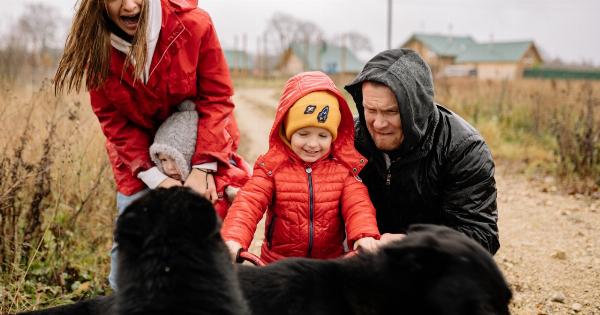Ever since their domestication thousands of years ago, dogs have become one of humanity’s most beloved companions. These four-legged creatures have continued to captivate us with their loyalty, intelligence, and unique personalities.
In this article, we will explore the four faces of a dog, shedding light on their physical characteristics, emotional expressions, behavioral patterns, and social interactions.
1. The Physical Aspect: Beyond Breed Differences
When we talk about the physical face of a dog, it goes beyond the variations observed among different breeds. While breeds do have distinctive features, dogs, in general, share certain physical characteristics.
From their snouts and ears to their eyes and fur, these animals have evolved to adapt to various environments and purposes. With an acute sense of smell, dogs possess a remarkable ability to detect scents that humans cannot even fathom.
2. Emotional Expressions: Eyes that Speak
Perhaps one of the most fascinating faces of a dog is their ability to express a wide range of emotions through their eyes.
Whether it’s the deep soulful gaze of a loyal companion or the pleading eyes of a dog seeking attention, their expressions often melt our hearts. Research suggests that dogs have evolved to mimic human expressions as a form of communication, further solidifying the bond between humans and canines.
3. Behavior and the Canine Mind: Understanding their World
The face of a dog also encompasses their behavior, which is shaped by both genetics and experiences. Dogs are highly social animals with complex cognitive abilities.
From their tail wagging to their barks, each behavior serves a purpose and carries a message. By understanding dog behavior, we can better interpret their needs, emotions, and desires. This knowledge contributes to successful training, stronger relationships, and happier dogs.
4. Social Interactions: The Pack Mentality
Lastly, dogs are known for their incredible social skills and their strong desire for companionship. Originally descendants of wolves, they have retained the pack mentality, where social interactions play a significant role in their lives.
Dogs communicate through a combination of vocalizations, body language, and subtle cues. Whether they are playing with fellow dogs or seeking human affection, their social interactions are a constant source of joy and amazement.
Conclusion
As we conclude our exploration of the four faces of a dog, it becomes evident that these animals are not merely pets but cherished members of our families.
The physical aspect, emotional expressions, behavioral patterns, and social interactions of dogs provide us with a deeper understanding of their multifaceted nature.































